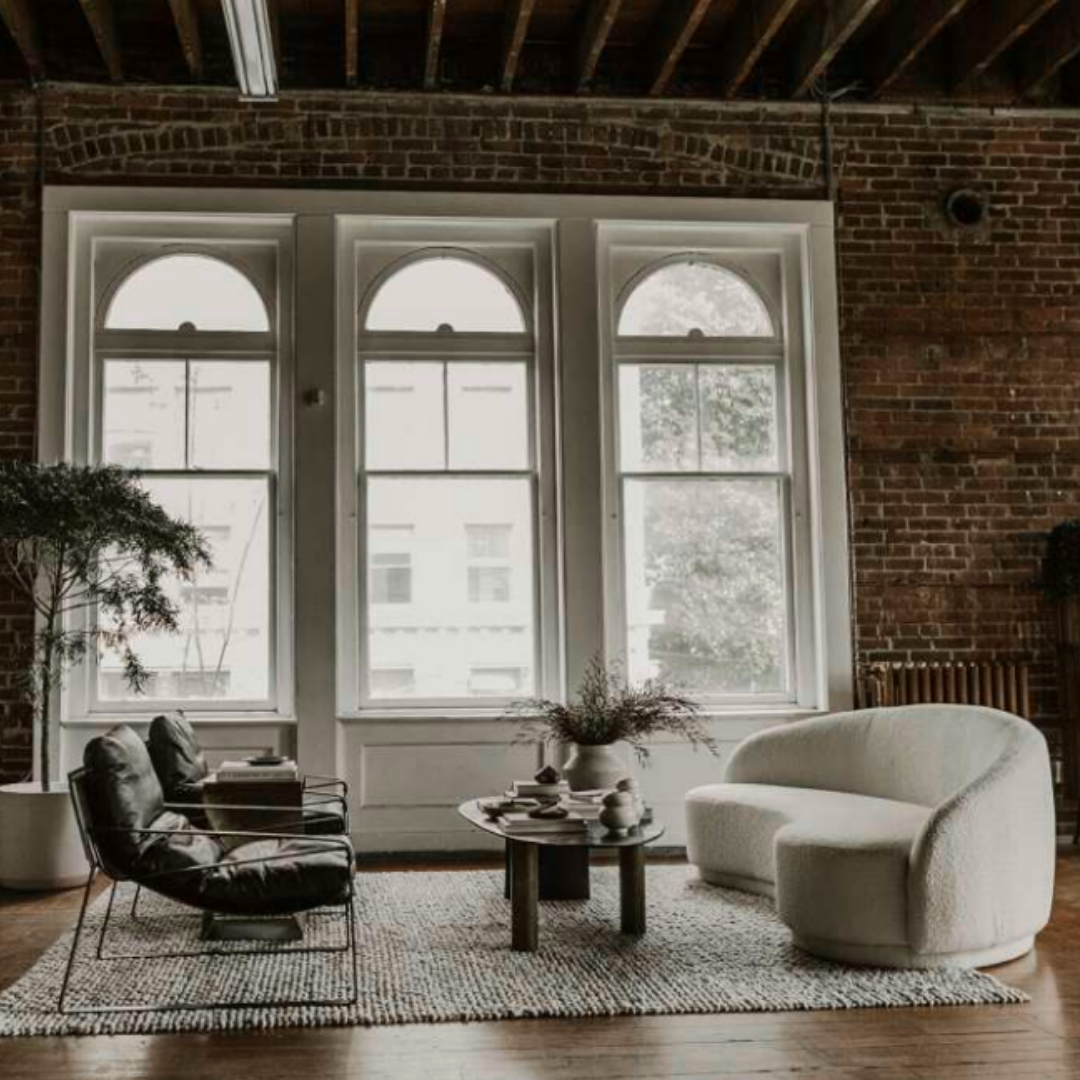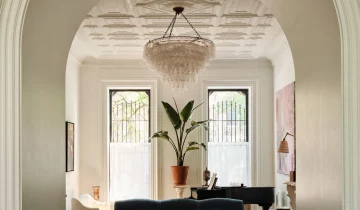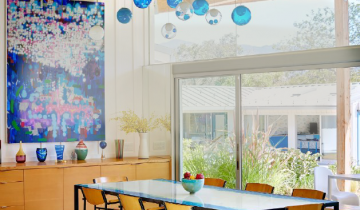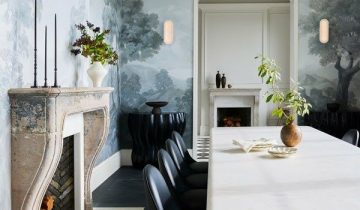Texture is a buzzword in interior design. It’s an essential part of any designer’s vocabulary because a scheme without texture is a scheme that falls seriously short of the mark. Texture in Interior Design is the thing that makes a room pop. It’s what brings a perfectly fine design up to enviable levels.
Texture in Interior Design
In design parlance, it is often defined as, “the sensations caused by the external surface of objects received through the sense of touch.” Basically, how things feel. Honestly, the “sense of touch” part of the definition should be revised to say “perceived” sense of touch. Anyone who’s ever watched an interior design TV program or flipped through the pages of a magazine can tell you that you don’t need to have physical contact with a room to feel the power of texture.
Texture is also a way to create accents. Interior designers will use texture to add what’s referred to as ‘visual weight’. In other words, how an object or section of the room is able to draw attention to itself. Contrasting textures is one way to make certain aspects stand out more than others.
While the texture may play a supporting role in the function of the space, it is no less vital to a design’s success. In decorating your own home, you will find that texture weaves its way in quite naturally. After all, every material is a texture of some description. These somewhat accidental textures have their positive points.
Always consider how the texture will elevate the overall experience of your design. It needs to be thought through, repeated to create a theme, and balanced with others so it doesn’t feel predictable and over-staged.
Ways to Add Texture in Your Space
Layer Different Textures
Layering in interior design is key to producing a scheme that’s rich and full of depth. Try blending multiple different sources of texture so that you’re not relying on just fabric or furniture finishes.
Texture can come through in a whole host of ways. One of the best ways to layer textures is to start with larger textural pieces, for example, a velvet chair or an exposed wooden table (or both) then add smaller accessories and soft furnishings until the room feels complete to you. A great way to achieve this is to trial multiple textures together before deciding what works best for you and the room you are decorating.
You can also try these combinations: matte versus glazed ornaments on a bookcase, book spines stacked on a side table aside from a sculpted glass lamp base, a polished granite fireplace hearth with a tasseled rug in front of it, or even wall treatments and artwork that have the ability to make the walls feel multi-dimensional.
Every ounce of your room can bring spark a textural discussion, and as they form layers, the result is immersive and arresting.
Use Contrasting Fabrics
Interesting textures aren’t only pleasing to look at, but when you contrast them, they’re great providers of balance too. Is your color scheme made up of a lot of the same shades? If this is the case, you can break up the monotony by varying the textures of any cloth in the room.
Texture is particularly important if you’re working within a particular color palette where the shades are very similar. When a monochromatic or analogous color scheme, make sure you choose items that heavily contrast. When they come together, they will bring a sense of harmony to the space.
Add Textured Furniture
Furniture texture is interesting to investigate, especially since you’re likely to come into contact with it. Imagine stroking your fingers across a cool, smooth marble table, dining at a rustic oak table, opening the drawers of a shagreen-lined chest, and relaxing on an expensive velvet sofa.
Texture doesn’t have to be obvious all of the time. It’s these subtle differences as your eye moves around the room that is most alluring.
Play With Textured Home Accessories
Vases, ornaments, sculptures, and mirrors are accessories ripe for playing with texture. You could purposefully create an arrangement of objects with alternating textures to really make a statement.
Careful to not add too many competing finishes into the room though or the lack of link could produce a lack of direction. The objective isn’t to fill your room with every different texture under the sun, but to welcome an assortment of characters that are sympathetic to one another and unite to inject variation and intrigue in your room.
Decorate With Plants & Flowers
While you may reach out and touch the plants, this is a visual textile example. The texture of a room’s decoration is created by differences in form, petal and leaf shape, height, color, and vessel.
Choose plants and flowers that complement the space’s other textures, such as the glossy lush leaves of a large palm that contrast with lacquered, strong-lined furniture. Similarly, any vases should complement an existing texture in the area, whether it’s an ornament or a lamp base.
Don’t Forget the Lighting
Another dual-textured characteristic in the room is the lighting. The texture is created by the appearance and feel of the lamp. A hammered bronze wall sconce, for example, would benefit from a high-shine chrome floor light. The texture of the rays of light, on the other hand, takes on a more visual character.
Warm white light has a softer, more ambient glow than cool white light, which has a brighter, more modern beam that can make a room appear harsher.
The texture changes depending on where these light sources are placed—a dark corner can be transformed into a welcoming reading nook with the help of lighting texture (and furniture of course).
When it comes to texture, lighting is the most multi-layered of all. It’s a matter of combining multiple types of light sources, selecting the proper bulb temperature, and dispersing the light sources at various levels throughout the space to create waves of lit texture.
Don’t Overload a Space With Too Many Similar Textures
When it comes to texture in interior design, the old adage “less is more” still holds true. To look finished, every room needs a certain quantity of textural elements, but be careful not to overcrowd the area with too many contradictory sensations. Stick to two or three distinct textures in any single space. Choose three when you want people to take in the space as a whole and stick to two when you want to emphasize a prominent focal point.
Textures represent the designer’s delicate taste, so start with a variety of hard, soft, rough, and smooth textures and only repeat the same textures in accessories that you would ordinarily have multiples of, such as cushions, bedside tables, or lights. Contrasting textures, on the other hand, can benefit even these elements.
Source: Luxdeco.com, Amara.com, mymove.com




 No products in the cart.
No products in the cart.